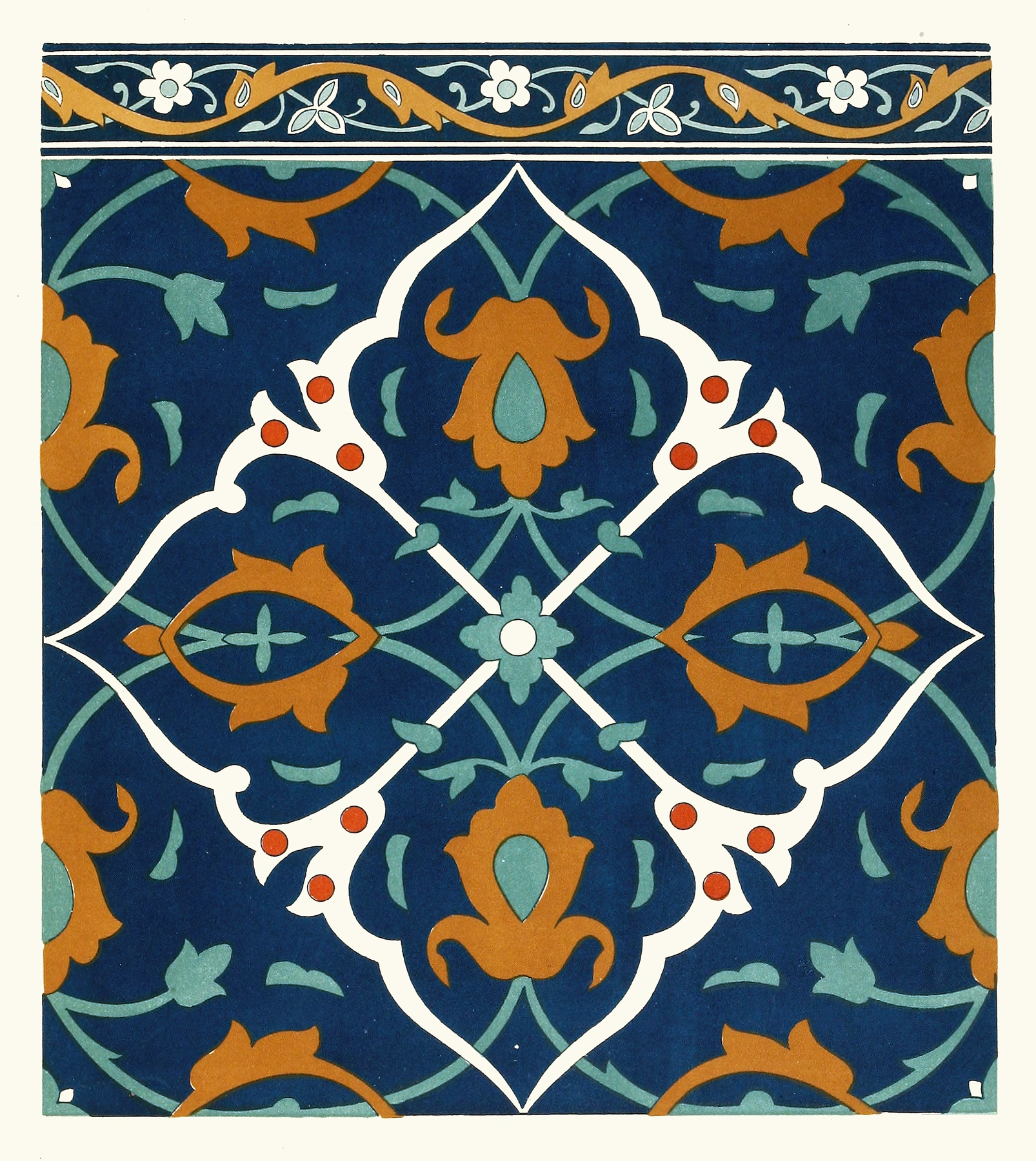Description
18 plates of ornamental tiles from the Afghan Boundary Commission Pl 12 by Afghan Boundary Commission printed on a T-Shirt
About the T-Shirt
Regular fit
Standard length, the fabric easily gives into movement
Casual wear
A classic, everyday option loved by our customers
Side-seamed
Constructed by sewing two parts together, creating a fitted look
The Unisex Staple T-Shirt feels soft and light with just the right amount of stretch. It’s comfortable and flattering for all. We can’t compliment this shirt enough–it’s one of our crowd favorites, and it’s sure to be your next favorite too!
- Solid colors are 100% Airlume combed and ring-spun cotton
- Ash color is 99% combed and ring-spun cotton, 1% polyester
- Heather colors are 52% combed and ring-spun cotton, 48% polyester
- Athletic and Black Heather are 90% combed and ring-spun cotton, 10% polyester
- Heather Prism colors are 99% combed and ring-spun cotton, 1% polyester
- Fabric weight: 4.2 oz./yd.² (142 g/m²)
- Pre-shrunk fabric
- 30 singles
- Side-seamed construction
- Tear-away label
- Shoulder-to-shoulder taping
- Blank product sourced from Nicaragua, Mexico, Honduras, or the US
Afghan Boundary Commission (1884-1888)
The Afghan Boundary Commission (or Joint Anglo-Russian Boundary Commission) was a joint effort by the United Kingdom and the Russian Empire to determine the northern border of Afghanistan. The Boundary Commission traveled and documented the northern border area during 1884, 1885, and 1886.
The Commission was accompanied by Kazi Saad-ud-Din as the representative of the Amir of Afghanistan, but the Afghans did not have a real say in the matter. Between 1885 and 1888, the Afghan Boundary Commission agreed the Russians would relinquish the most remote territory captured in their military advances but they would retain Panjdeh. The agreement delineated a permanent northern Afghan frontier at the Amu Darya, with the loss of a large amount of territory, especially around Panjdeh.
Some letters compiled by Charles Edward Yate “describe the sojourn of the British Commission around Herat during the summer of 1885; the subsequent meeting of the joint British and Russian Commissions in November of that year, and the progress of the demarcation of the frontier up to the time of their separation in September 1886; the return of the British Commission through Kabul to India in October 1886; the negotiations at St. Petersburg during the summer of 1887; the final settlement and demarcation of the frontier during the winter of 1887, and return through Russian Trans-Caspian territory in February 1888”.






Reviews
There are no reviews yet.